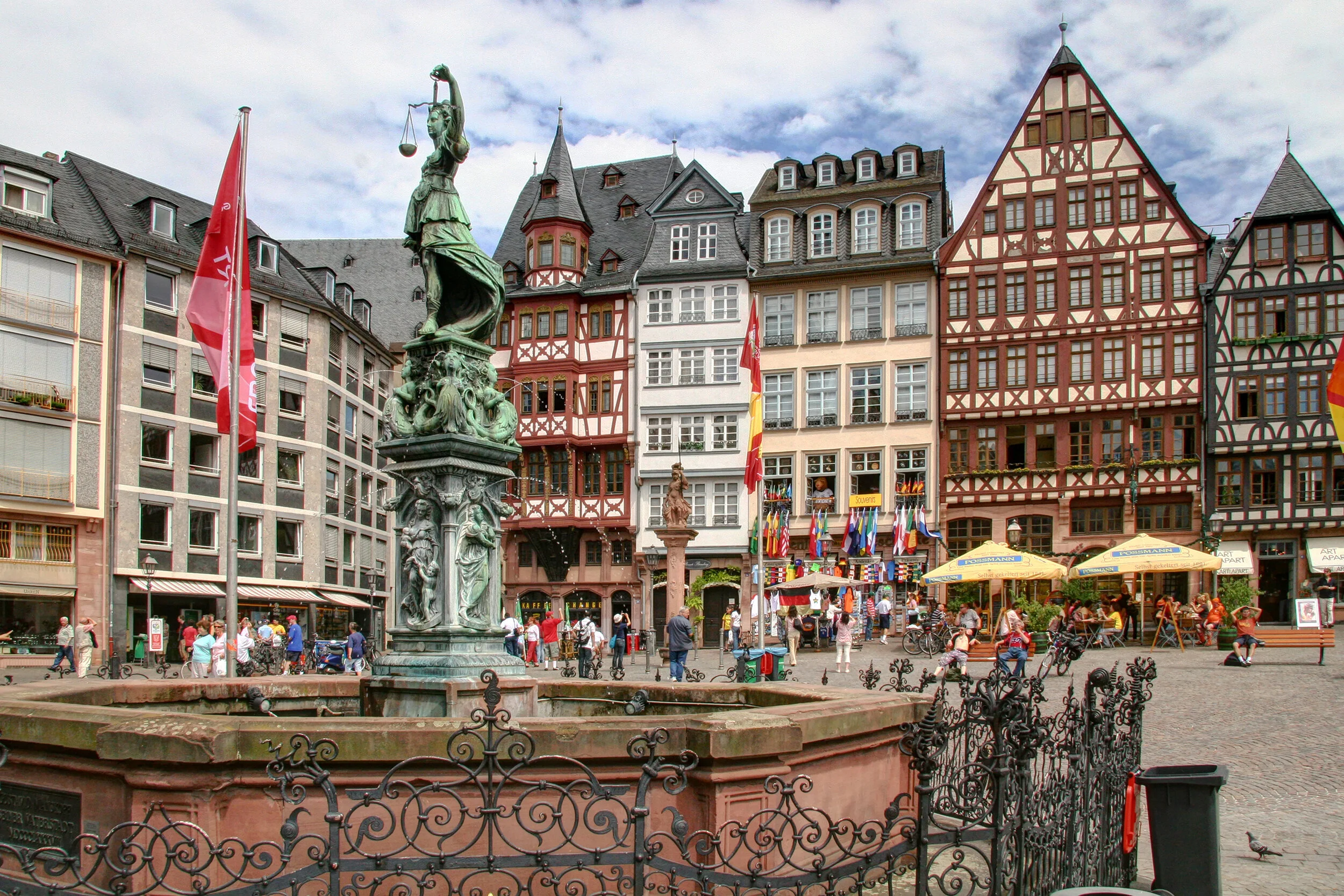
Page 1 of 12
Rotterdam, Netherlands
Let's go to the beach tonight with a bottle of wine
My trip started (what seems like months ago but in reality was only mid June) at the still terribly convenient Schipol Airport in the Netherlands, about twenty minutes away from Amsterdam (where I did not go this time) and about forty minutes away from Rotterdam (where I did go this time). Truthfully nowhere in the Netherlands is all that far from anywhere else, with (just about) anywhere you want to go equipped with a rail station and fast, frequent service to (just about) anywhere else you want to go.
Unlike Amsterdam or most other cities in the Netherlands or Europe, Rotterdam doesn't really have a historic center anymore. As the Nazis quickly rolled through the Netherlands in 1940 they threatened to bomb Rotterdam out of existence if there wasn't an immediate surrender. For many reasons there was an immediate surrender (that part of the war lasted less than a week), but despite that Germany decided to follow through with their plans and obliterate what was up to that point a more typical Dutch city. Also unlike other cities across Europe which felt the need to carefully replace their historic hearts, Rotterdam decided to start over and create something a little different. They have also over time been more inclined to accept more interesting design, something evident as you walk around and something that explains the success of local firms MVRDV and more importantly Rem Koolhaas and OMA. It also explains why when they wanted to build a new bridge they looked to an architectural firm like UN Studio to come up with something a little more memorable.
The Erasmus Bridge memorably crosses the Nieuwe Maas (really the very end of the Rhine River) with a cable stayed bridge (on the right) and a bascule draw bridge (on the left). While I took a lot of better pictures of the bridge, this one manages to reference a few of the other images below- on the far right is a tower by Mecanoo and on the far left is a tower by Renzo Piano, both of which you will soon see. As for the beach, it was Rotterdam's contribution to an overall trend of temporary summer spaces in landlocked cities across Europe, a chance to get away without any of the trouble.
Arguably Rotterdam's most iconic building(s) are the Cube Houses, one of those places to live that looks likes a real pain in the ass to furnish. Designed by Dutch architect Piet Bloom, the houses are part of a bizarre complex that also includes a completely out of place residential tower that looks like it should house a "Medieval Times" dinner theatre.
As someone interested in Architecture and Design, Rotterdam is really one of those places you need to go see for yourself. You get the feeling that local architects there have a much different set of rules and expectations than most anywhere else, there are experimental buildings hiding all over the place, some of them actually quite good. There is also an absolutely fantastic architectural museum, the NAI (Netherlands Architecture Institute), one of those places that still seems always a bit ahead of the curve (in a good way).
Not everything was destroyed by the Nazis. Across the river from the city center the original Holland America Cruise Line headquarters building has survived long enough to be repurposed into an expensive hotel. The new hotel is now the center piece (or geographically more of an end piece) of a new development that includes a towering residential building designed by local Dutch firm Mecanoo Architects.
At the far end of the Erasmus Bridge, Renzo Piano's striking KPN Telecom Building does just about everything it can to steal your attention. There's the scrolling text of headlines at the base and the little green squares that turn on and off and appear (from a distance) in various legible patterns, a rotating globe, giant text, that kind of thing. All that plus the fact that the entire facade is tilting forward and appears only to be held back by the one, central support- see the first picture this page for a slightly less confusing, um, I mean artistic view.
The Schröder House is one of the more important houses ever built. Designed by Gerrit Rietveld (with a lot of help from the owner Mrs Schröder) way back in 1924, it is a landmark in Modernism, the only real De Stijl house ever built and tourable (with insanely small groups) through Utrecht's fine Centraalmuseum. The house is actually at the very edge of where Utrecht was in 1924 and is now right next to a sound wall blocked freeway, still its presence in an otherwise conservative, traditional residential area looks just as shocking as it must have eighty years ago.
And while the exterior is certainly special, it's the jewel box interior where things really come together. Rietveld was a furniture maker and that scale of detail is in every door and wall of this house. It's upstairs is a series of small rooms that quickly becomes a single space- walls hide, doors disappear, shelves and counters come and go. The tour (where all interior photography remains strictly prohibited) includes a demonstration that shows you everything in its open and closed positions, an absolutely fascinating funhouse of tricks. Worth a trip to Utrecht, reserve your tour in advance.
A slightly more traditional view of what you could expect to see in a Dutch city- from pedestrian killer bicycles to canals to houses with narrow facades- closes out this long first page of the slideshow.

